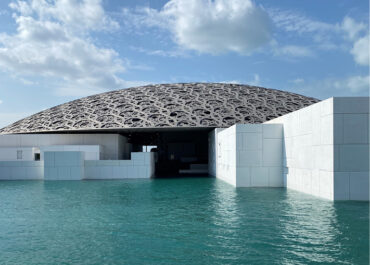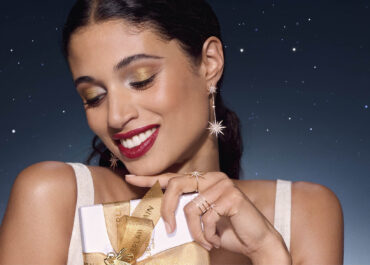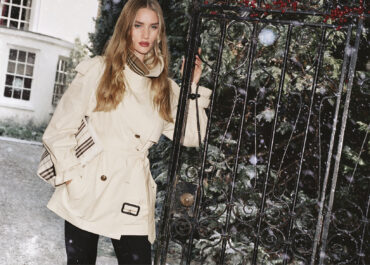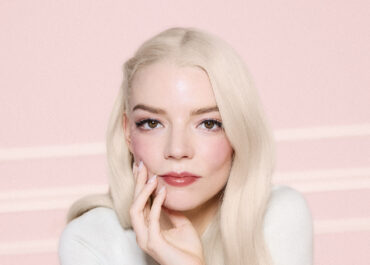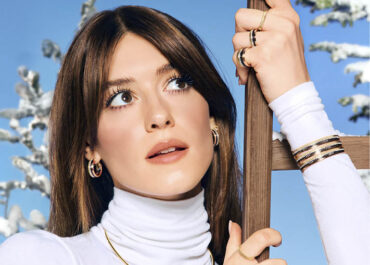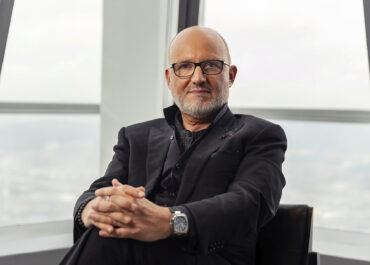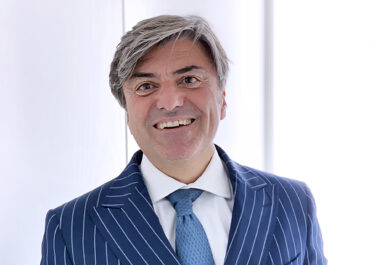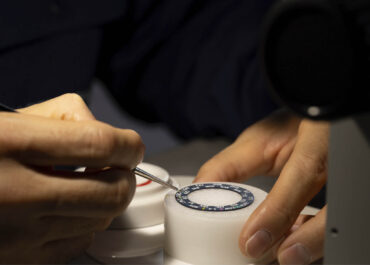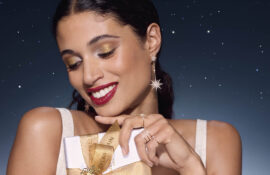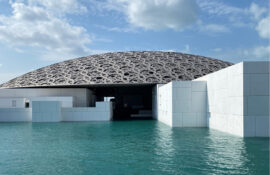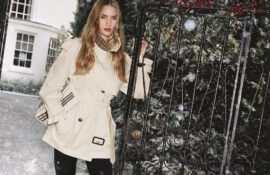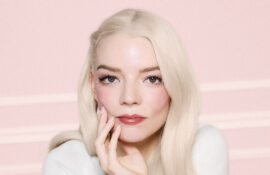Since taking the helm of the storied maison in 2019, Roseberry has redefined Schiaparelli for a new era—bringing surrealism, bold sculptural forms, and unapologetic glamour back to the forefront of haute couture.
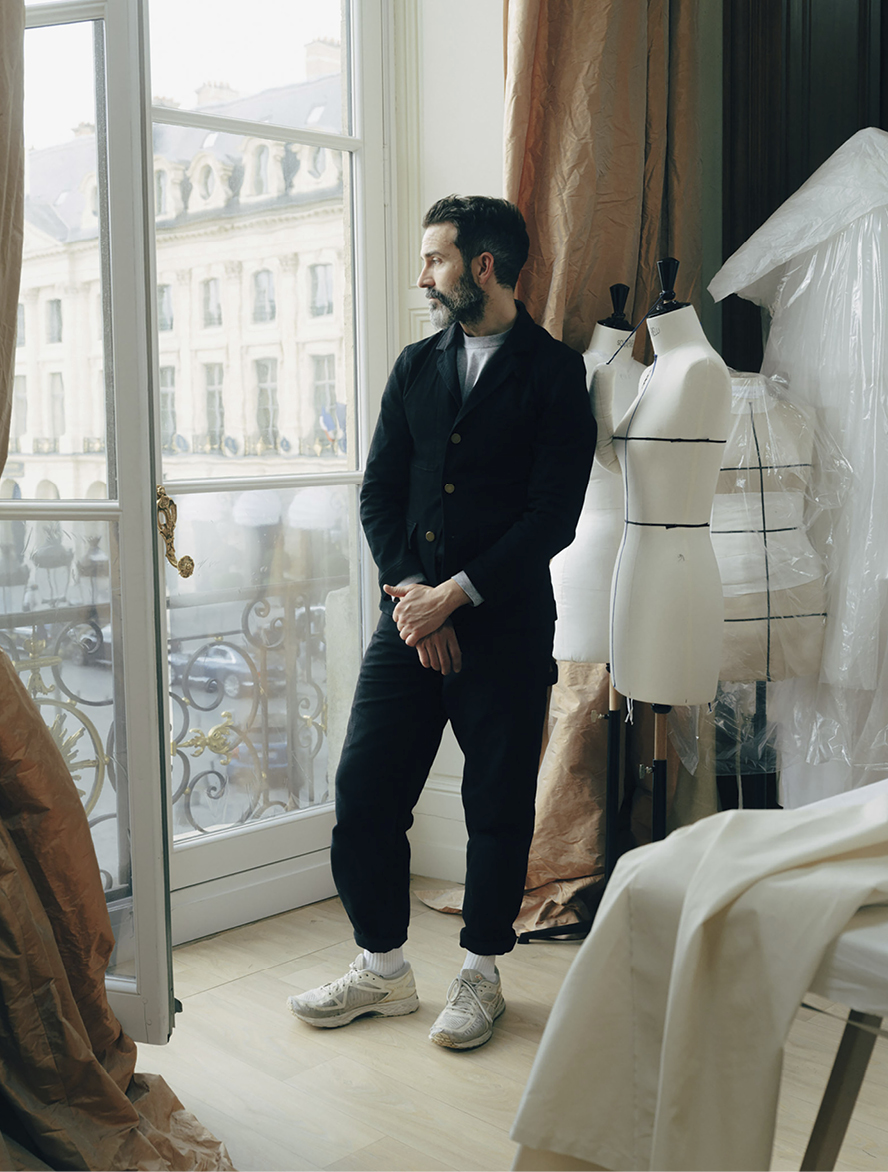
His visionary approach has captivated both critics and celebrities alike, carving out a distinctive, theatrical voice within the world of fashion. Speaking just days after the Fall/Winter 2025 Haute Couture show, Roseberry opened up about the inspirations behind the collection, the legacy of Elsa Schiaparelli, and his ever-evolving creative journey at the house.
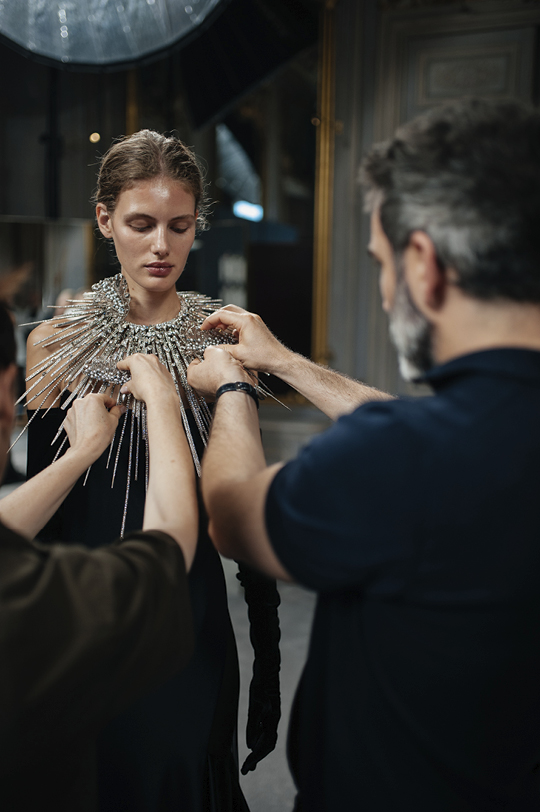
Of course, you are trying to maintain the legacy of Elsa Schiparelli, but also put your touch on the collections – how challenging is it to keep the fine line between conserving her spirit but adding a bit of you?
The incorporation of Elsa to me, feels to me extremely effortless. Not to make it sound not complicated, but because I feel so connected and so close to her ethos, it feels like a natural alignment, between the things I feel are urgent to say with the house, and the things that she did.
Do you think there was anything Elsa hasn’t said that she would have wanted to say that you are trying to continue with in this legacy?
What’s so fascinating for me and so important about the legacy of Elsa, as a woman, as a designer, as a creative at that time – was not that she talked about surrealism or that she challenged codes or that she was a disruptive person – those are all relevant of course – but what is important for me is that she challenged the medium of fashion in itself. She was the first person who said “maybe a dress is not just a dress. Maybe it can be in conversation with art.” And so, she looked at blurring the lines between fashion and art and no one had ever done that. That’s what’s so profound about the legacy of Schiaparelli; that before Schiaparelli, fashion was just fashion. It was ornamentation, it was ceremony, but it was never really fine art or in dialogue with fine art. I think that legacy is so critical in understanding why this reinvention of Schiaparelli works because the codes of the house are not linked to Elsa as a person or a silhouette or a colour combination, it’s a movement and a concept. I always think about what Salvador Dali said: “No one knows how to say Schiaparelli but everyone knows what it means.” I think that’s a really powerful part of the DNA.
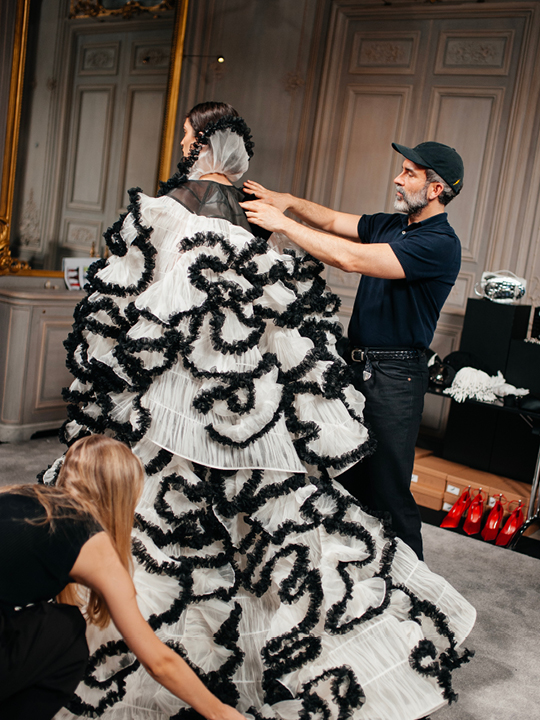
Speaking of art; who do you feel like you are fascinated by now in the art world?
I think people and specifically women who are creating the culture in which we live, and that can be artists but it’s often celebrities, people who are wielding their influence in order to create culture feels really inspiring for me. When I started at Schiparelli, a lot of people asked me when I was going to start collaborating with artists, And for me, I always feel like I was creating with the artistry of the house and with Elsa in a way, which felt much more urgent than another design collaboration.
How did your upbringing influence what you do today and what are some of the things that either grounded you or helped you shape the way you’re working?
I think that growing up in a religious household provided structure and a sense fo being grounded for sure. But I was always surrounded by art. And by women. Both of my grandmothers, my mum, my sister, were and are so cool. I always think of the phrase “the triumph of the imaginations”, because I think it’s really a testament to the fact that it doesn’t matter where you’re from or what environment you grew up in. I was nourished creatively for sure, but the daydreaming, the imagination – this was more powerful than any limit or access that I could have had. I am the opposite of a nepo baby – I was born so far away from this world, but I always think about how imagination is key – more than big budgets, more than 300 stores globally, being able to execute a creative vision and imagine something that will move people and be sensitive to that, I think is so important.
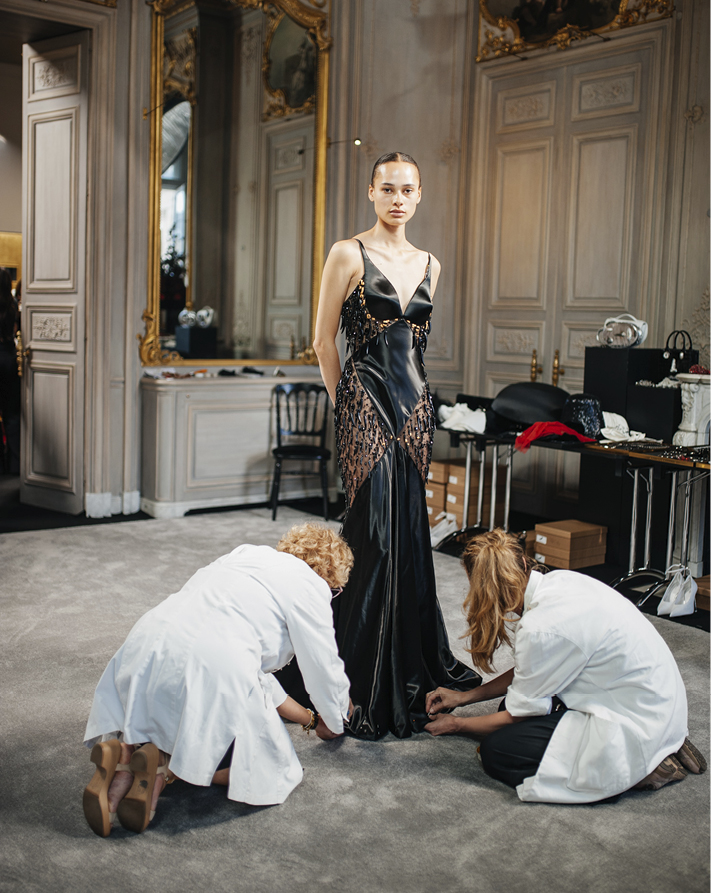
Everyone’s eyes are on you and what you’re doing today, and people are awaiting Schiaparelli as a show – it’s become a storytelling platform beyond just fashion – how much is this stressful to you as a person? The expectations are higher and higher – how do you live up to that?
I read a quote recently by Yves Saint Laurent talking about the burden of the creative process. And he was doing four collections a year as well, at the peak of his powers. It was so reliving for me to hear another creative director talk about the agony of the creative process. Now I feel that if I’m in love with it, if I feel like it is satisfying what I want to see, I know it’s going to click with our audience, but to get to that point where I’m satisfied, that is agonizing – just ask my team! In the days in the lead up to the show, normally I know we have it perfected, but before that, it can be difficult. I was recently talking to a friend of mine whose producing a show for a big brand, and she was telling me about the process as I wanted to know. She said it’s boardrooms full of thousands of samples, hundreds of jeans, hundreds of coats, that all get styled together, but it’s the opposite of what we do – what we do is 30 little marriages of silhouettes and embellishment and fabric and everything, and they all have to be extraordinary, so yes, it is a lot of pressure but I also love the pressure. I love it, I need it, I want more!
The Fall/Winter haute couture collection “Back to the Future” was presented yesterday, tell us about the theme and how the collection and the idea came to life.
The trigger was the photography of Parisian fashion photography in the late 1930s and the timelessness of these images. They felt to me, both haunting and of the past, but also that you could look at them in 200 years and they would still look timeless and so in that sense they also felt futuristic. So I starting thinking about how it’s not just about being modern, it’s about future, but also the archives and the past. And I think having this sort of glamour at the peak of global uncertainty, felt really timely. It’s less about where we are today as a society, but more about what is it that you want to see and what you want to wear and feel and I think it’s something that feels truly precious. What feels precious anymore? And can we make fashion that? And can this house be a house that still feels like a jewel. I remember when I started, Diego Della Valle told me that Schiaparelli was the last dream of fashion. It was the sleeping beauty and he was 100 per cent right.
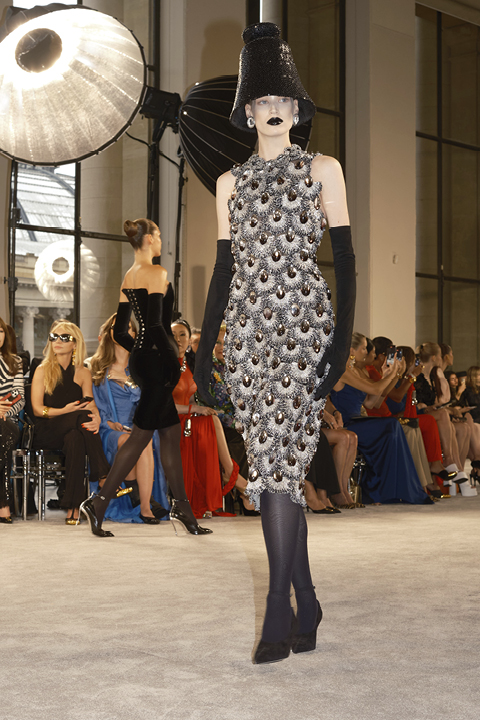
Every piece that you create has a part of you within it – what has been the most challenging collection or piece that you’ve worked on and what was a lesson you took from that process?
When I was growing up my mum taught me how to draw, and then when I was around 12 or 13, I would draw art commissions for doctors’ offices and things like that for kids. I would have an image of something, and I would try to recreate it. Sometimes I would get so frustrated that it didn’t look like the original photo and my mum would sit behind me and we would work through it layer by layer, starting over and over. More than teaching me how to draw – because I think that’s something you innately have or you don’t – she was teaching me how to work through the agony of the creative process. That is something that reflects today when I’m fitting a collection, or going through the design process and I’m in a room full of people who love what they’re seeing, but if I don’t love it, or it’s not enough for me, I have to have the conviction to say, “this is not it, we’re not there yet”. Each collection is really a grind. Each one is difficult for different reasons, this one was in particular extremely difficult to create. The ability to work through it with my team and to keep going is actually my favourite part of the job but also the hardest part of the job.
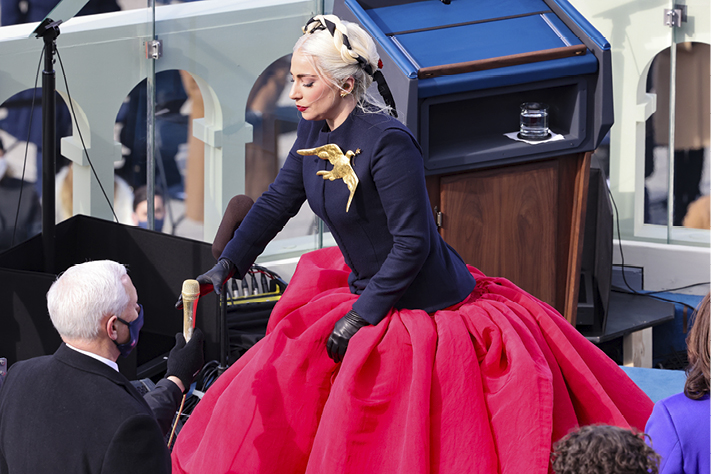
Do you think you reach a part of maturity and self-confidence to say “not there” – it comes with time right?
I think so. I think the more you put work out into the world, and you see the way people react and what they respond to, you’re absorbing that all the time. And this was the twelfth couture collection.
Let me take you back to when you first joined the brand and the first show, where you were sitting on the stage drawing. Now, twelve collections later, is there anything that you would have done differently?
I think I can honestly say no. Sometimes I wish I had been more focused at the beginning, but I also feel like it was important to be more exploratory at that point. Trying things out and be free to make mistakes. And I’ve made them.
How do you deal with mistakes?
Mistakes are hard. But again, the more you put the work in, the less satisfied you are with it. And as I said to my team, everything is so beautiful and none of it is enough. The minute you finish the show, you should be taking the victory lap, but instead, I feel like you’re at the foot of the next mountain, and that’s why I think the agony and the ecstasy of the process are so closely linked.
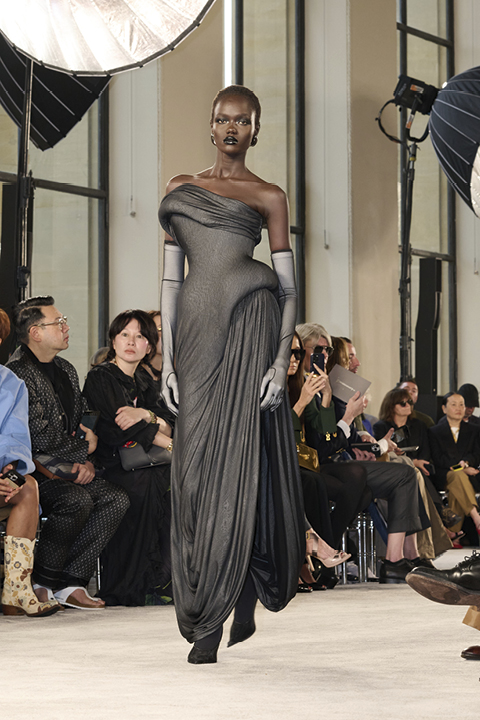
If Elsa came into your space today and saw what you are doing, what do you think her reaction would be?
You know what’s funny? People often ask me about Elsa – I’ve never read her biography, I have not really been a student of her as a person. That could change tomorrow, but I think from a work and creative perspective, I would find things that felt…the thing is, if she walked into the room and it was a re-do of what she had done, I think she would be extremely disappointed. I think she’d be disappointed that her house didn’t stop exploring after she closed it. I would hope that she would be proud. At the end of my first show, Tim Blanks said in his review “it wasn’t perfect, but it was brave,” – and I think that boldness is innately Schiaparelli.
How would you like people to look at you and what you’ve achieved? How would you like to be remembered?
The first thing I think of is students. I would want students to maybe say that they got into fashion because they were inspired by Schiaparelli. That’s how I feel. I feel like I got sucked into fashion because I couldn’t unsee McQueen, Galliano – these collections blew my mind and gave me permission to think that maybe one day I could participate. I always feel that if you have the students with you, liking what you do, then you’re doing something right because they are the toughest to convince.
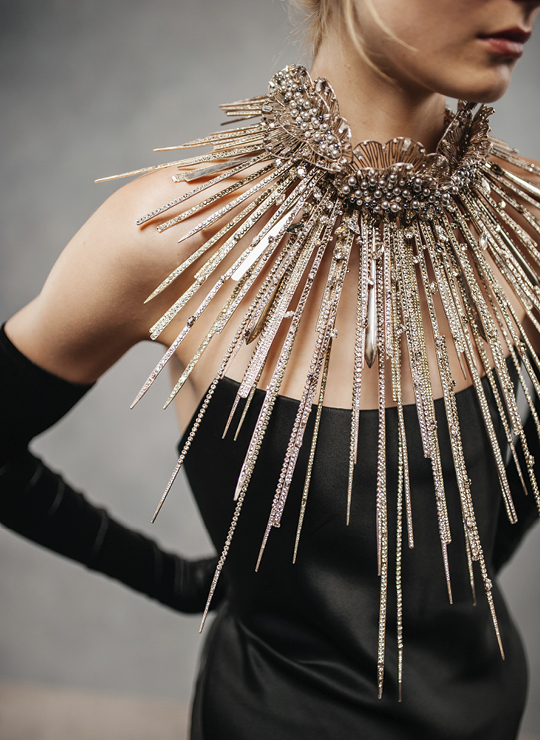
What is your advice to young talented creatives?
I asked a dear friend of mine who is a writer what the key to her success was and she told me; “I wasn’t the smartest, I wasn’t the most brilliant in my class, but I always finished my work.” She said the creative process is often about finishing and it’s hard. What I can say is that your work ethic and your attitude will be as valuable as your creative contribution. If I have people on my team who are smart and creative but have a terrible attitude, I don’t want to be around them. And I think I’ve always had a really great attitude as a worker and I’ve loved my training; I loved being mentored by someone. I think a lot of students think they must have all the answers right out of school but it’s a journey.
What can you share with us about Daniel as a person?
It’s funny, when I first started this role, I thought I was going to be really out there but that is not my character. I think my work life and my work self is where I feel most free. My creative self is my most free self. I don’t lose sleep over the creative part of it, it’s more all the other aspects – I’m still searching for alignment in many ways in other areas of my life. So I think that’s why I’m probably quite private. My public offering to this industry, is sort of everything except my personal self – it’s my time, it’s my inspirations – but at the end of the day, if you give it all, you’ve got nothing left for yourself and those you love.
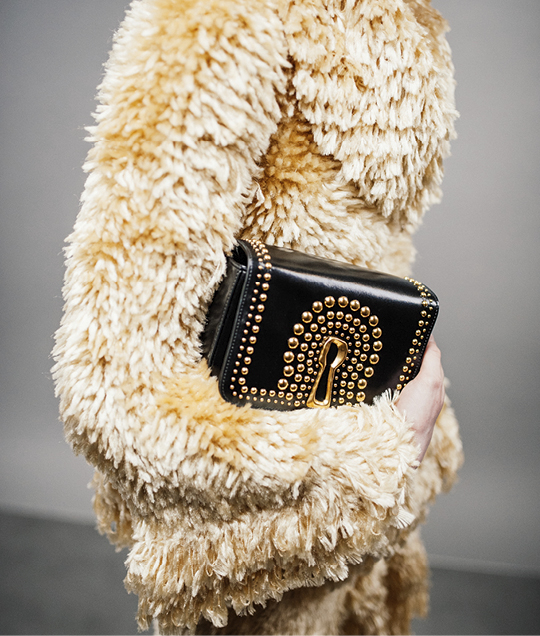
What is something you would still love to do that you haven’t done yet?
I would love to live in nature – I will do this at some point in my life I’m sure. At the moment, I have so little access to nature and it’s so important for me. I would also love to create art that is not fashion centric. I know I have that in me – I don’t know if it would be furniture, lighting, painting, drawing – but I’d love to have an exhibition one day of some kind.
At Schiaparelli, there is this fine line between couture and ready-to-wear – how do you make sure you differentiate the two and find a balance?
It’s funny because people say; “your ready-to-wear looks like couture”, and it’s also sad because what they’re used to seeing, is luxury ready-to-wear collections that look like Zara. And so, their eyes have n are adjusted to that. The ready-to-wear and the couture are actually really different in the process and the making – I think there needs to be a sense of ease, and I love clothes that are not too precious in my daily life. I find with some of the ready-to-wear pieces that are starting to be more compelling, are denim pieces, things that are a little rough and ready which I like – that’s the flip side of the Schiaparelli coin. Of course, we have the gowns, but we also have incredible knitwear and denim that fills a space.
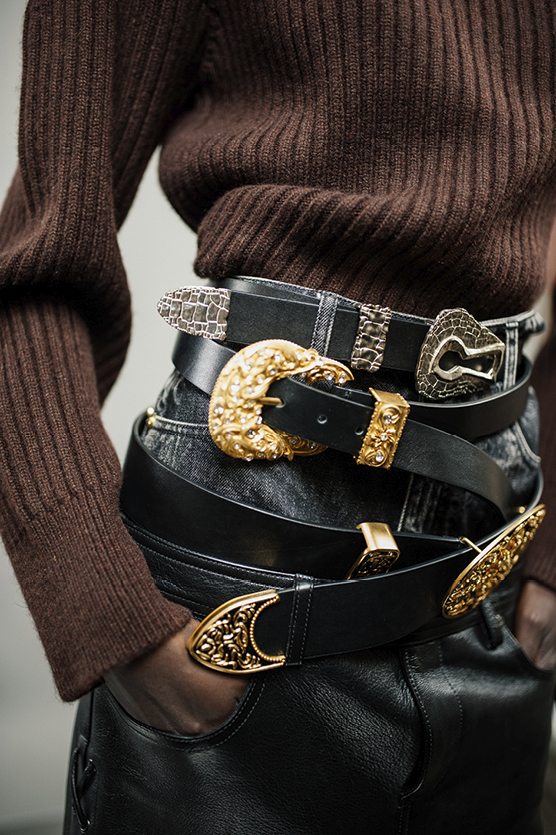
Would you ever consider being a mentor for students?
Yes – I would love to rewrite a curriculum for FIT or something like that one day – every time I’ve visited a university and spoken to the students I love it. It’s something I’m good at and would love to explore.
You have a lot of Middle Eastern clients – when you are designing you don’t have a specific woman in mind, but what in your opinion makes something timeless and relevant globally? What are the main codes you always make sure are in your designs?
I love playing with archetypes – so whether it’s a trench coat, a jean, or a gown that is an archetype shape – I love playing with things that we already have an emotional connection to, and then repackaging them so that you feel like you’re seeing them for the first time, but at the same time, it feels like an old friend. There’s an element of familiarity, and an element of revelation that I’m always trying to touch on. Like with Lady Gaga and the Dove – the Dove is a timeless symbol but seeing it in a different context makes it feel new. The lungs – we all have them – but seeing them cast in gold; it’s a revelation. The anatomy is the one thing we all know and have, and I love seeing the emotional response that people have when they see these symbols or motifs of things they know well, cast in gold and presented in a new way. I think it’s this tension between the familiar and the revelation.
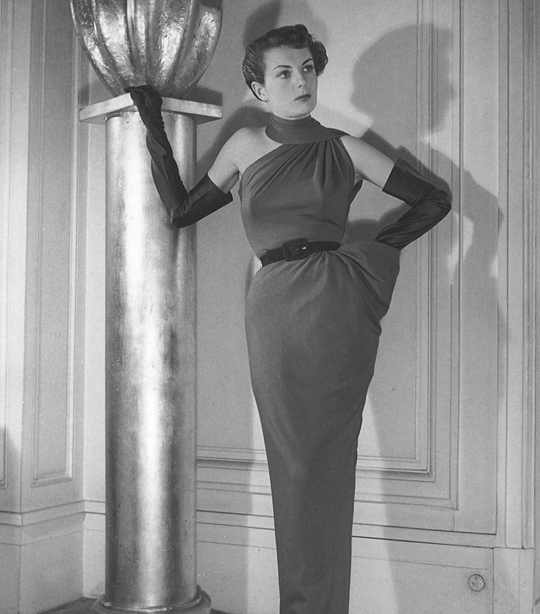
If there is one piece that you have designed that you would have in your closet what would it be?
I would say the snow leopard dress from the Wild Cat collection. I really loved that piece. It was shocking, it was a taboo – we had done nothing wrong, they were made by a vegan artist, and there was a ferocity to that moment, and it became part of the Schiaparelli legend in a way. I really love that piece.


